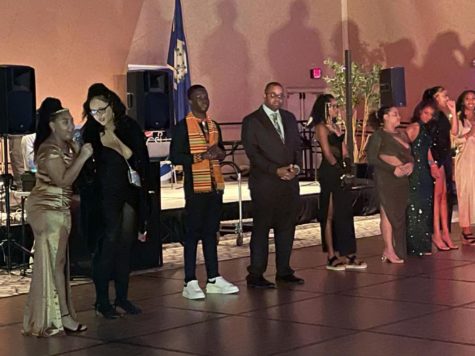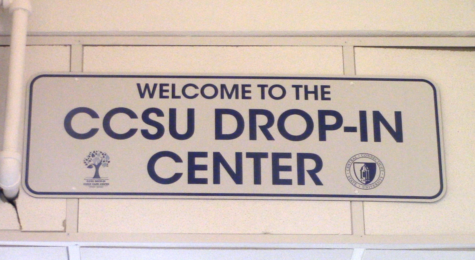CCSU Faculty Weigh In On HyFlex Model
September 27, 2020
As Central Connecticut faculty complete their first month of the semester under coronavirus conditions, some professors reflect on the successes and failures of the HyFlex courses.
In preparation for the fall 2020 semester, CCSU offered faculty technology training and in-person classes, which included handouts, YouTube tutorials, as well as optional talks with the Instructional Design and Technology Center (IDTRC).
Professor Robin Smith has applauded the quality of the training program but wishes faculty had more time to digest the information they were given.
“I think the issue was the window for training was short,” Smith, the Chair of the Political Science Department, said. “The opportunity for faculty in August to familiarize themselves with the equipment was limited.”
Smith, who has used the online video platform Kaltura for the first month of the semester, was not surprised when, in the first days of the new semester, the platform experienced a worldwide outage.
“Everyone thought we would roll this out and it would work, not understanding that hundreds of institutions were rolling it out simultaneously and the system would be overloaded,” Smith said.
English professor Gilbert Gigliotti shared similar sentiments.
“The more technology one relies on the more opportunity there is for something to go wrong,” Gigliotti said.
Gigliotti, who has chosen to teach on-campus this semester, stressed the importance of in-person interaction when teaching.
“I like being in a classroom, seeing people’s faces,” Gigliotti said. “I like being able to see if I’m getting through to people.”
According to Smith, the in-person aspect of the college experience is extremely important. Yet that face-to-face interaction is just not possible for many students under the HyFlex model, which strips away the ability for students to interact with their peers in meaningful ways.
“It makes a world of difference when you get to know your peers,” Smith said. “Some of my groups would finish in fifteen minutes and spend five minutes talking about classes and sports, it’s that social interaction that is hard to generate in this environment.”
When asked about student participation and assignment completion, the professors found themselves split on the issue.
Though many were concerned about a major drop in work completion, Gigliotti says that he sees little to no drop-off.
“I think at least 75 percent of a given assignment is on time, as opposed to the regular 85 to 90 percent, so it’s not like nobody is handing stuff in,” Gigliotti said.
However, Gigliotti acknowledged the need to remind students of upcoming assignments more than usual.
“I’m doing a lot more reminding, both in class and emails,” Gigliotti said.
After experiencing the HyFlex model for a month, economics professor Mitchell Charkiewicz suggests a HyFlex expansion for the Spring 2021 semester, stating “an increase in the HyFlex is preferable.”
Charkiewicz feels encouraged by CCSU’s relatively low coronavirus case numbers and has confident that the school can handle more in-person students in the classroom.
Professor Smith says she generally agrees with Charkiewicz.
“Things are so fluid right now, in terms of health and safety,” Smith said. “But I think the hope is at some point next spring, we might be able to move from this mostly online universe to some additional in-person opportunities.”
With COVID-19 restrictions and the HyFlex model making it so that there is little activity on campus, many are just looking to return to some sense of sense normalcy.
“I’m hoping more students, if things go the way they’ve been going, choose to come next semester,” Gigliotti said. “It’s lonely on campus.”















